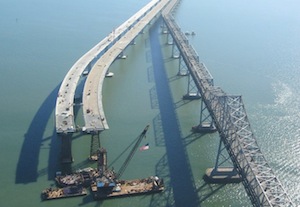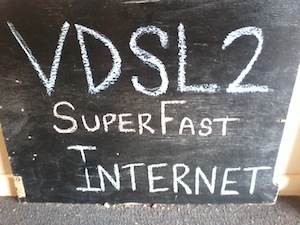Telco broadband slows at the edge, cable bottlenecks in the core

Speeds can drop suddenly at the edge.
Slow residential connections keep DSL speeds down, while cable’s problems are further back in the network. Researchers for the U.S. National Institute of Standards and Technology dug deep into data collected in 2011 by the FCC as part of its Measuring Broadband America program.
The NIST researchers asked the question: Where in the Internet is congestion? The results suggested that…
… More…a significant amount of congestion, especially for cable connections, occurs deeper in the network, perhaps, in the “middle mile”…or even farther, where the ISP connects to the “public Internet”.

